








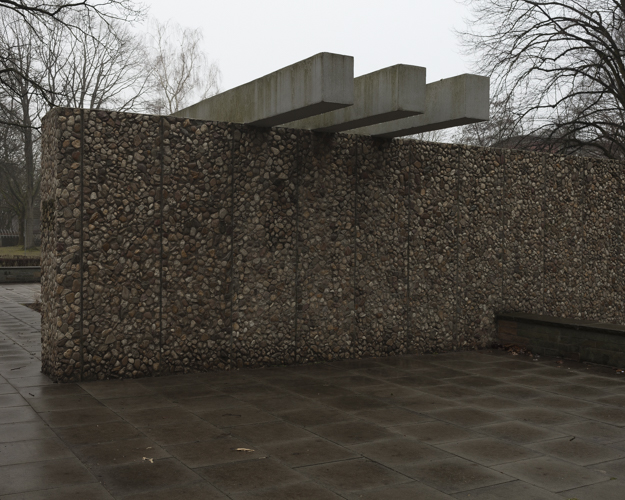
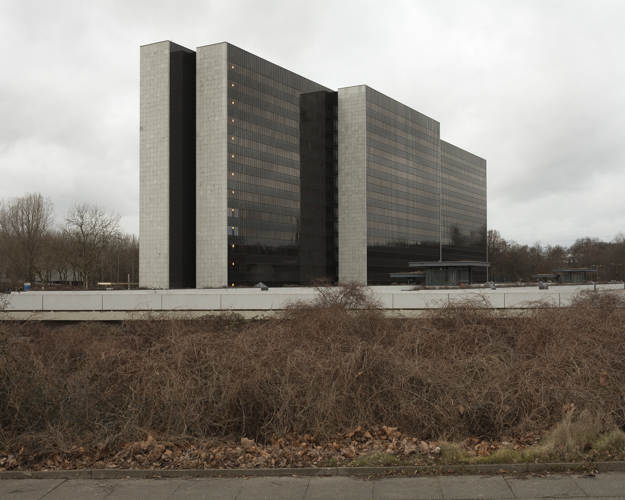
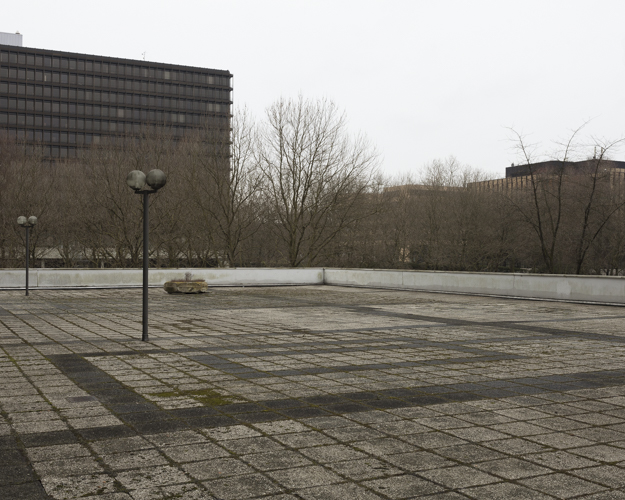
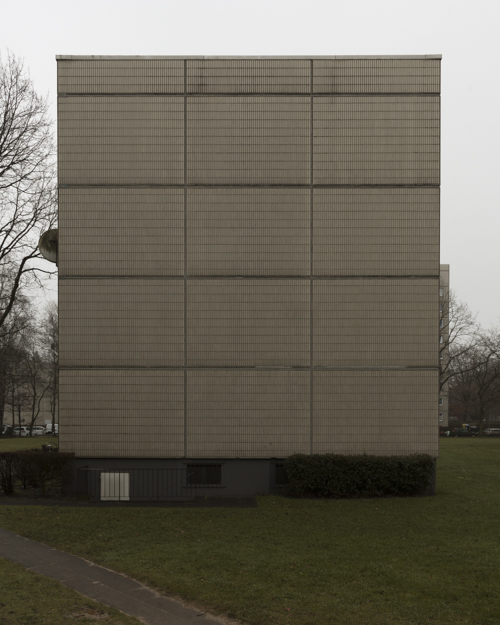
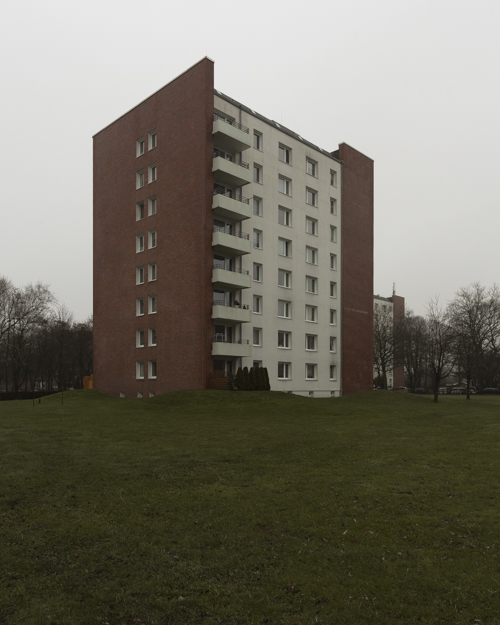
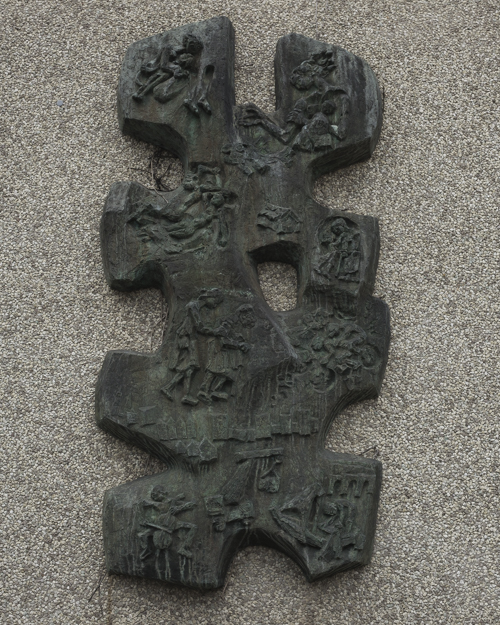
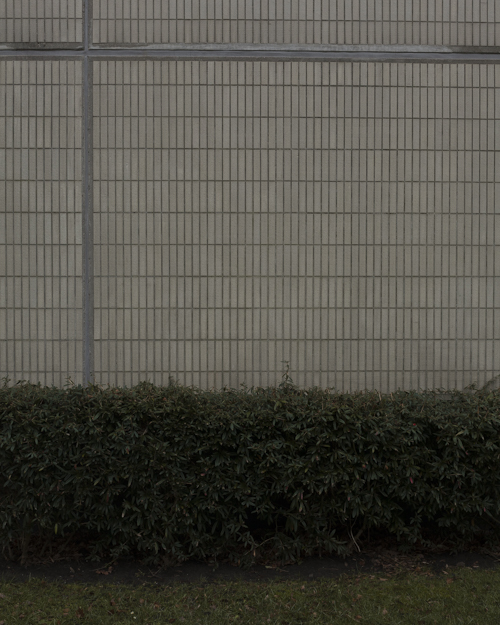
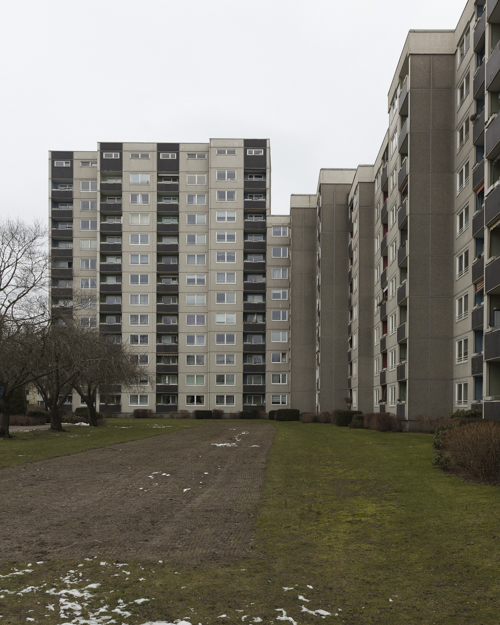
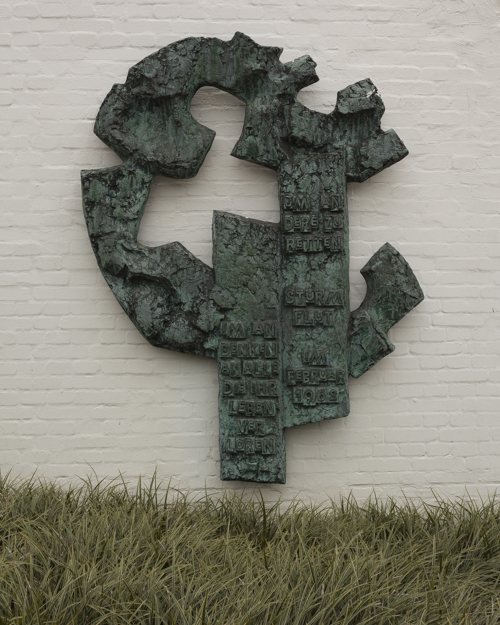
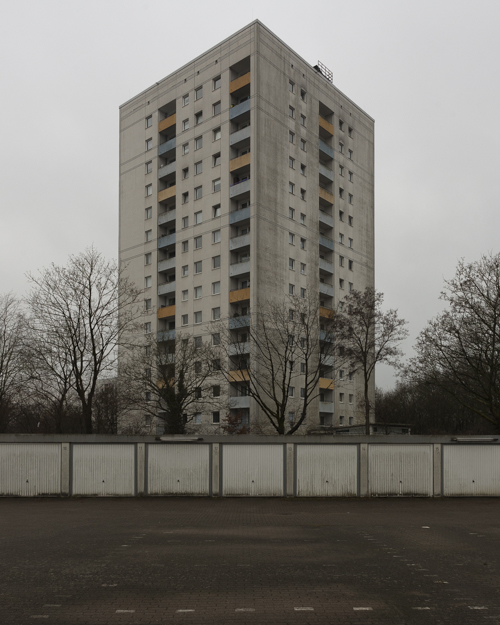
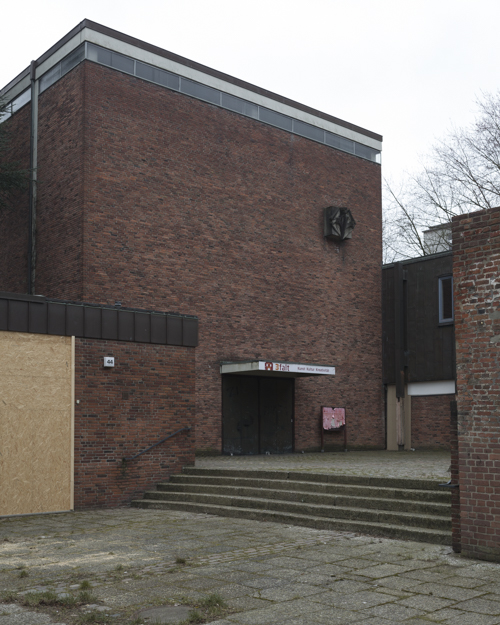
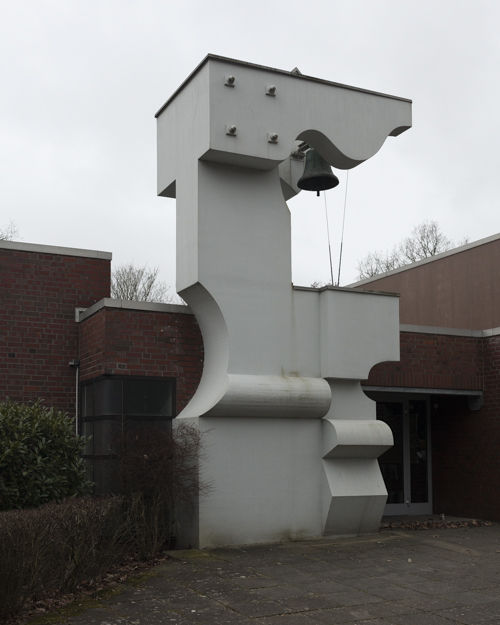
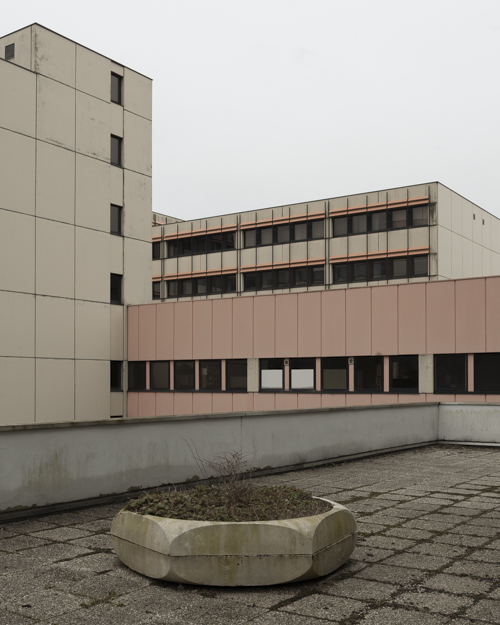
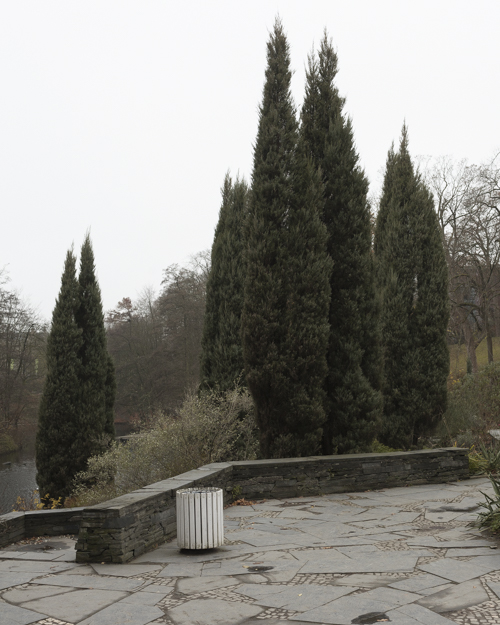
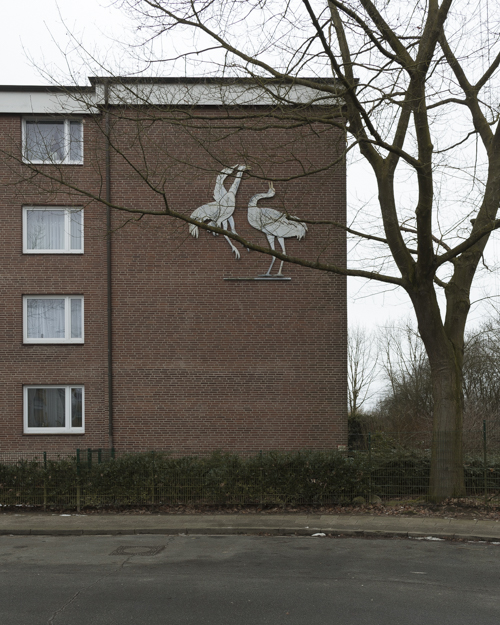
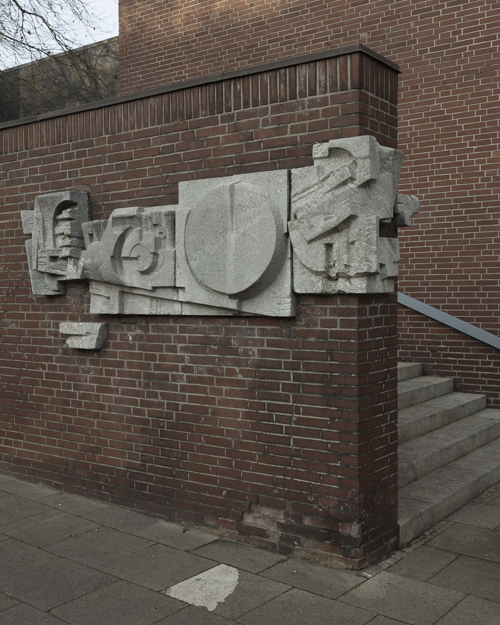
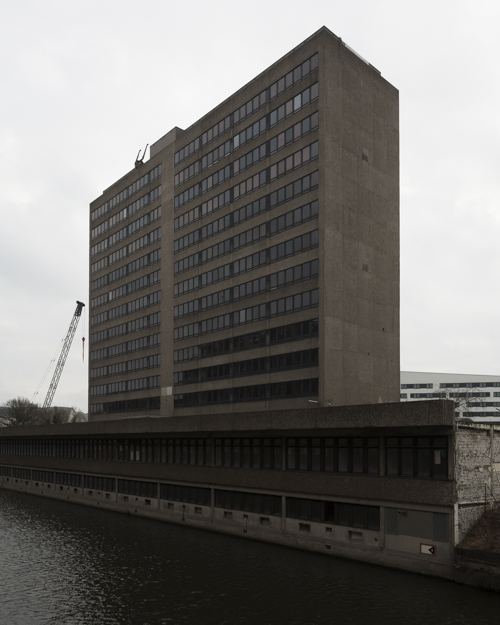
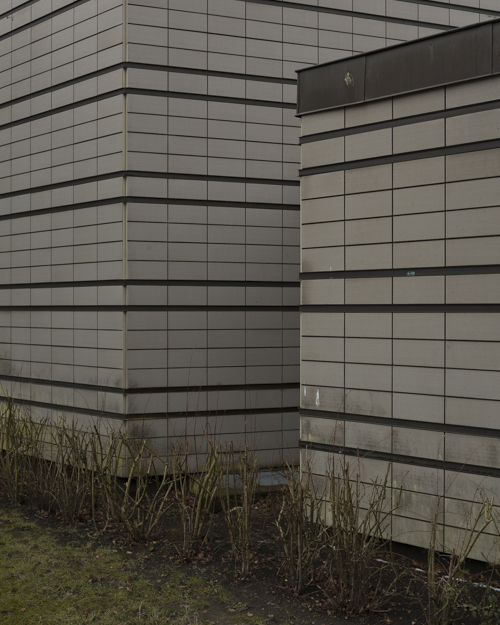
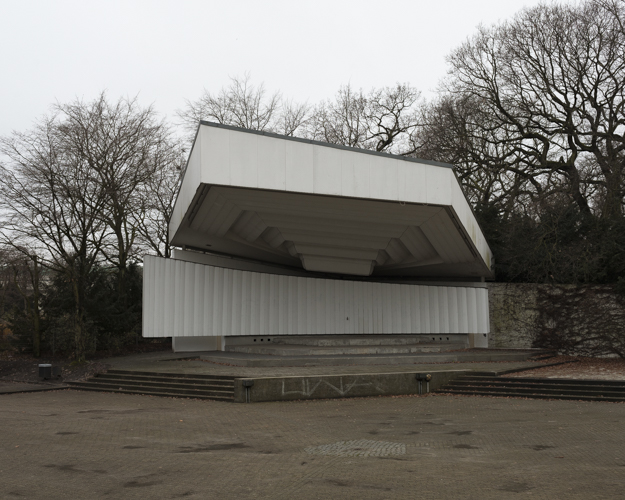
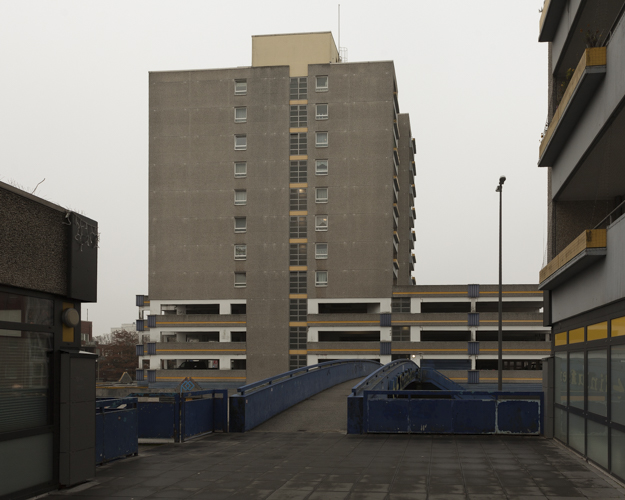
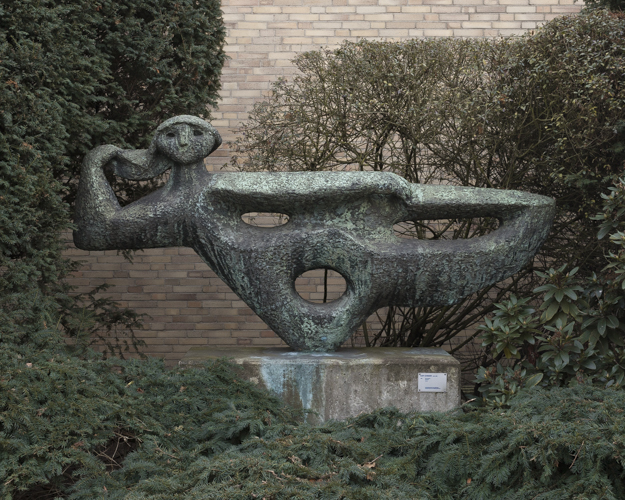
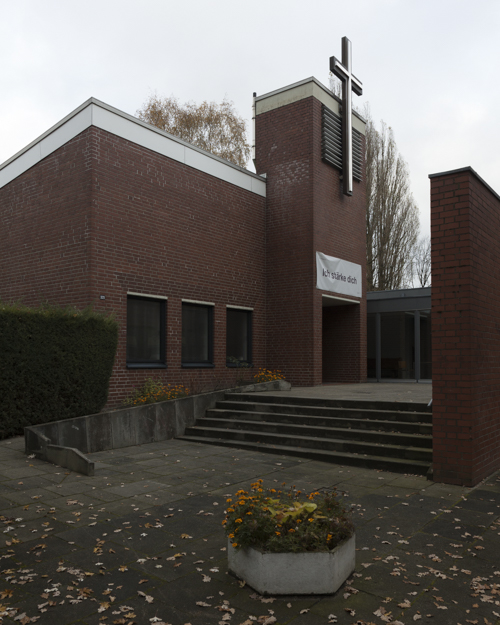
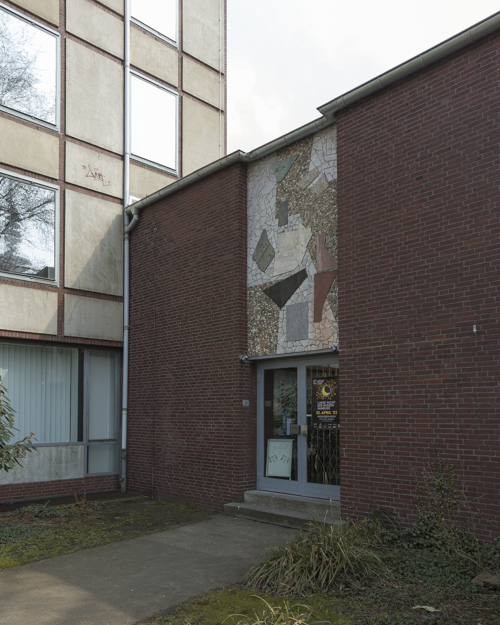
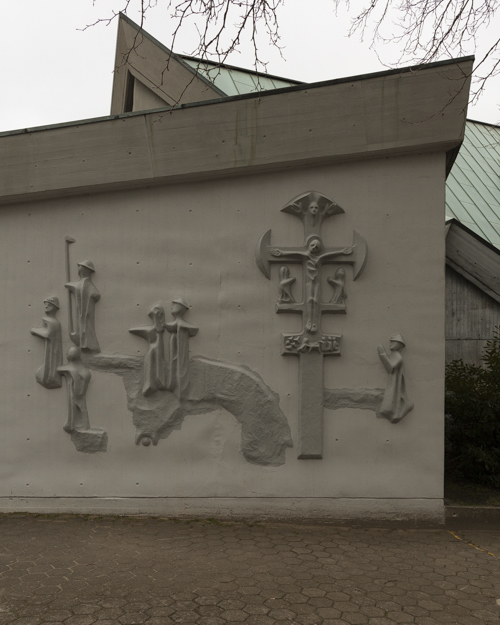
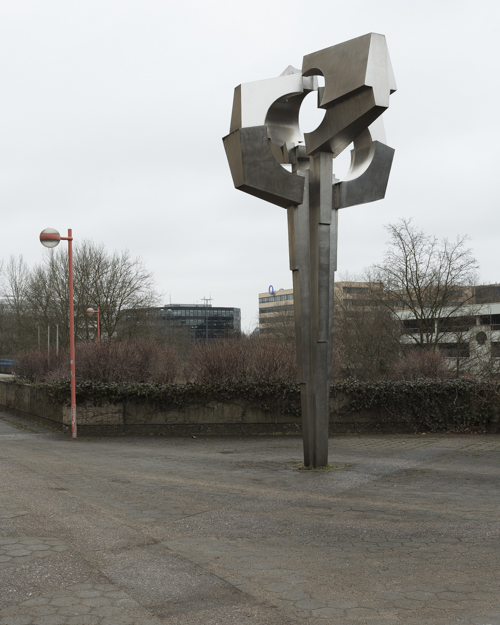
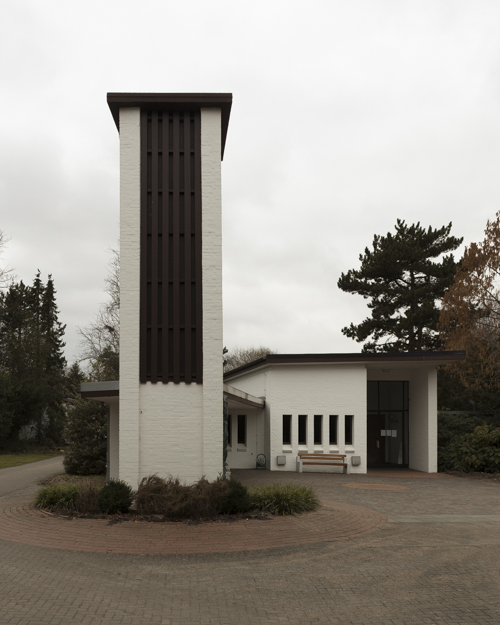
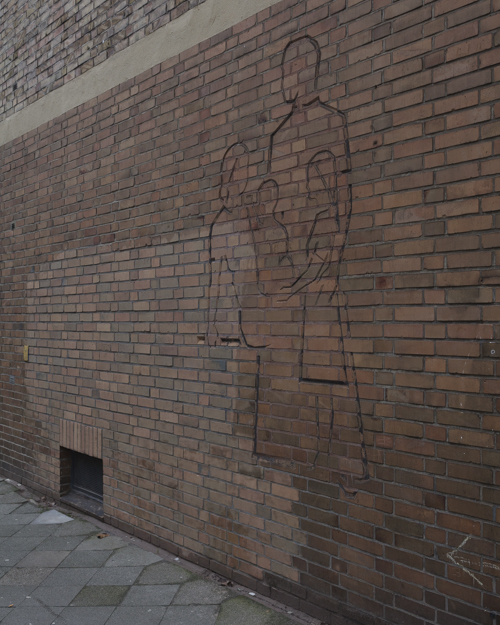
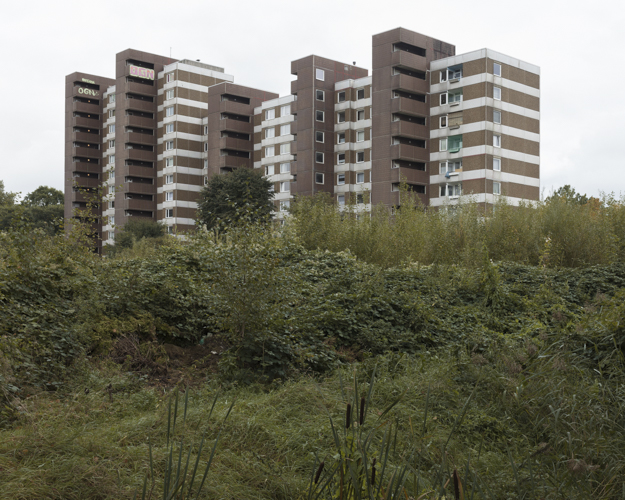
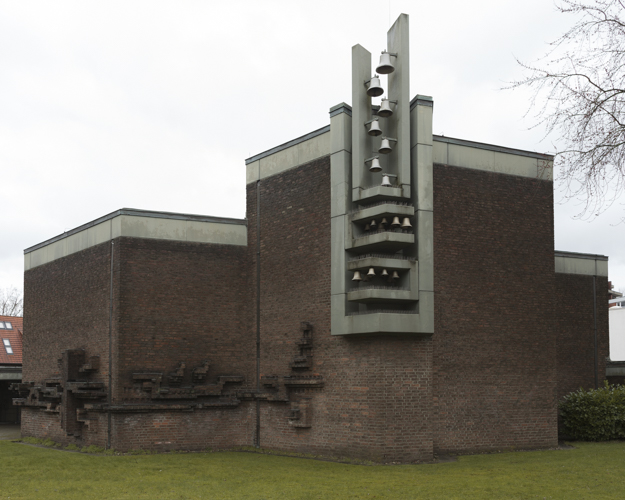
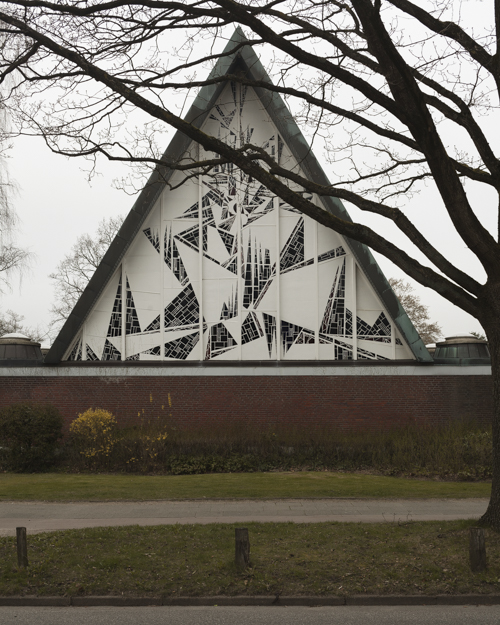
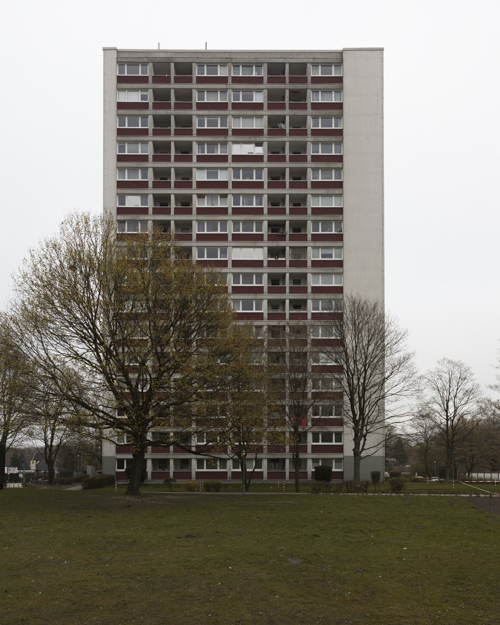
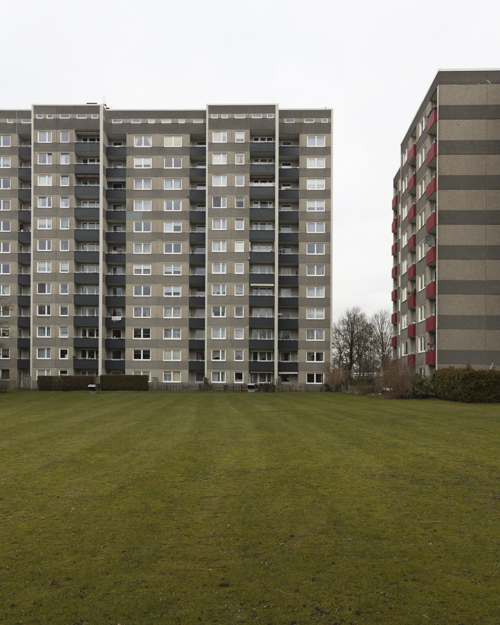
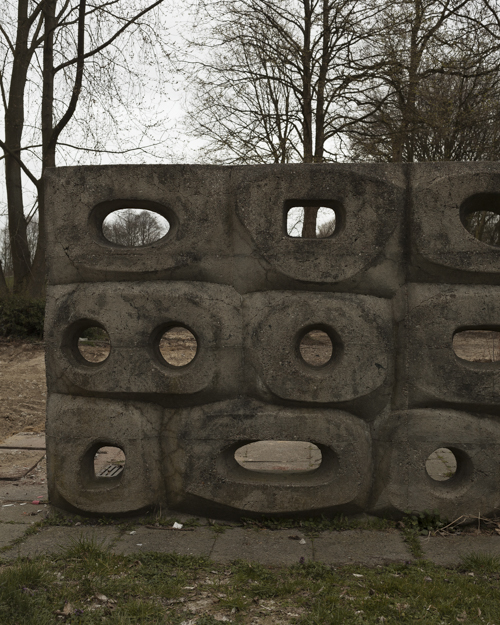
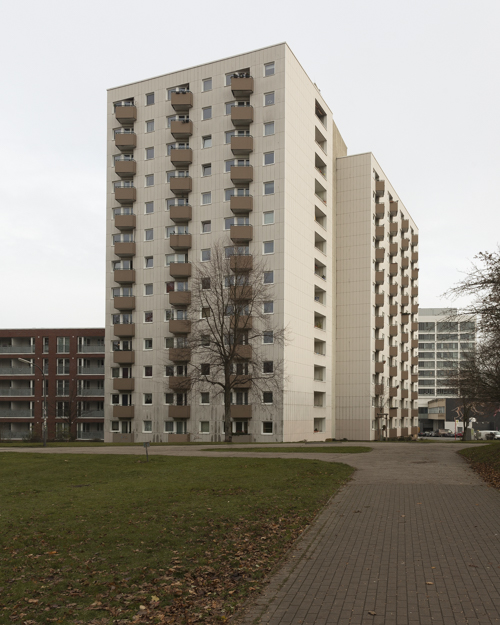
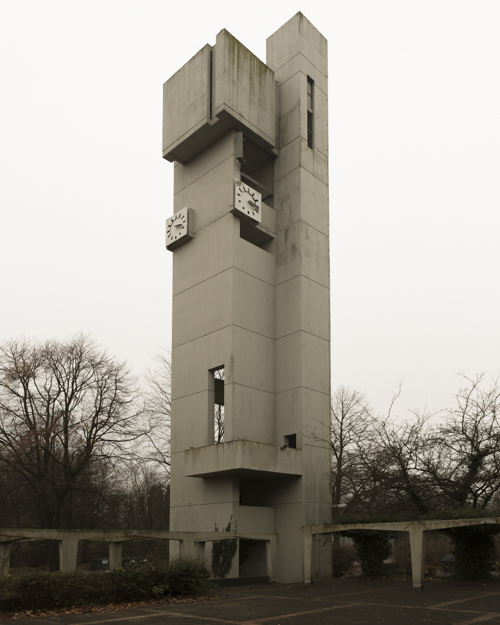
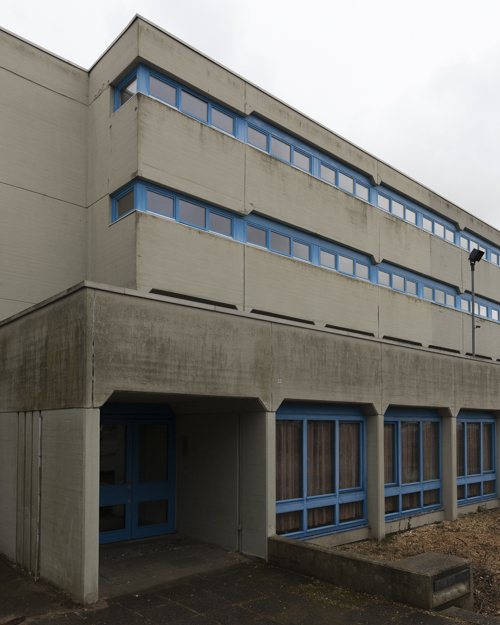
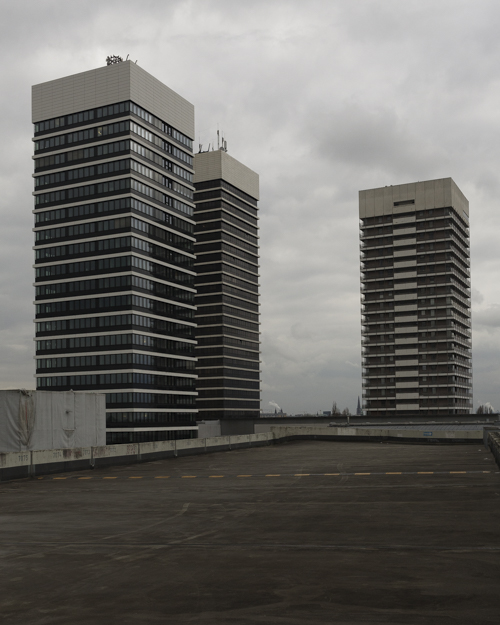
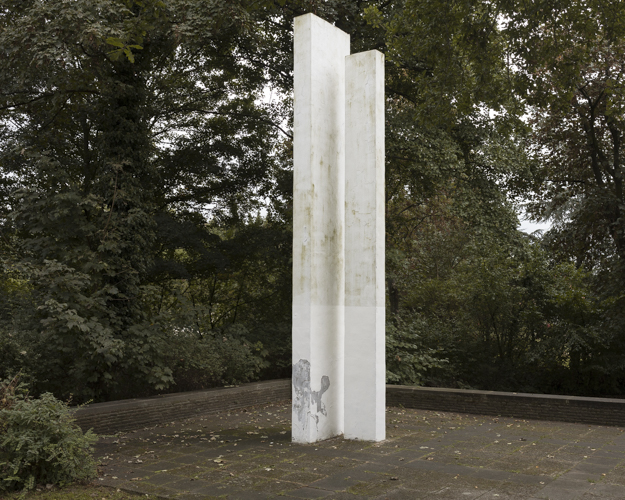
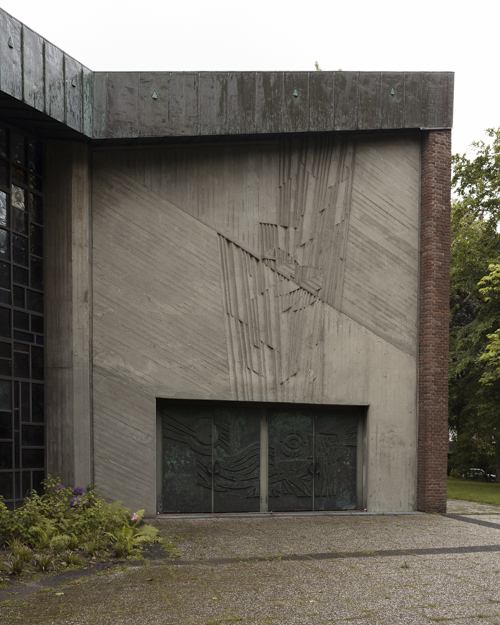
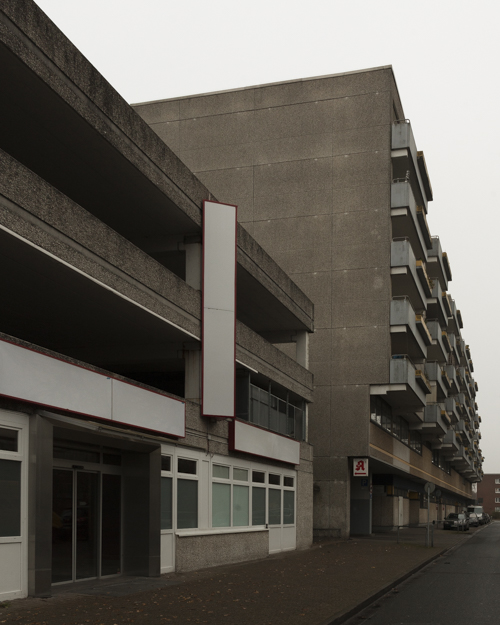
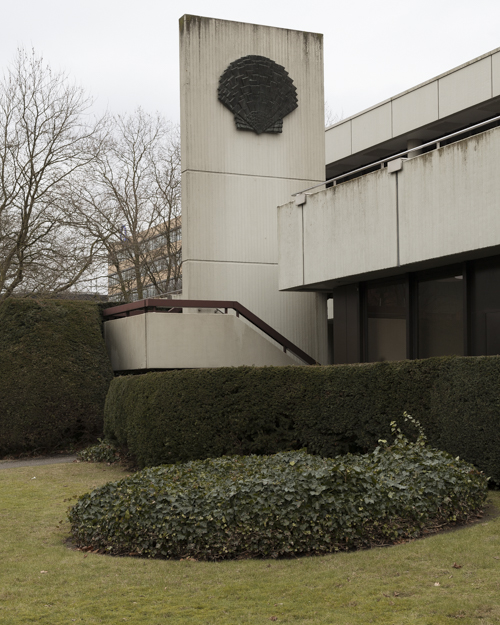
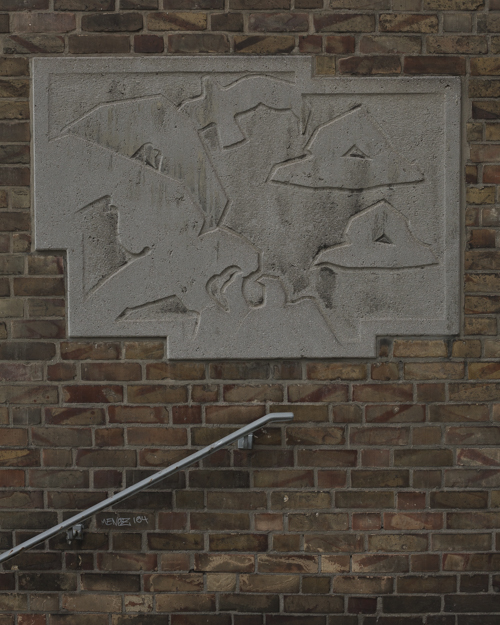
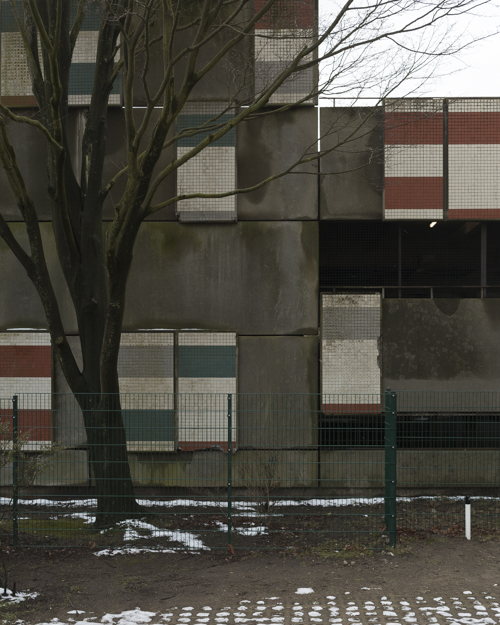
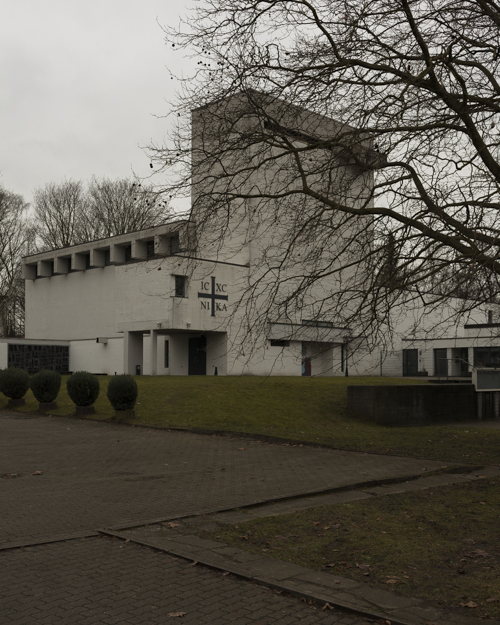
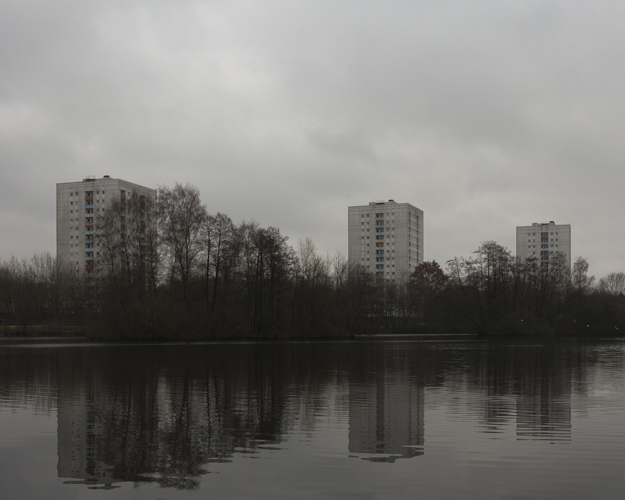
|
After
the end of the Second World War, the rebuilding of Hamburg was not
simply a reconstructing of the historic or still existing building
structure. The new German Federal Republic wanted to demonstrate its
democratic character and the break with the National Socialism in the
architecture and the urban planning. In contrast to the monumental
architecture of past centuries and as a return to progressive movements
of the Weimar Republic, the individual should be empowered in its
personality and in the democratic participation. The buildings should
be modern, simple and modestly, and focus on the human individual. The
construction materials were steel, glass and, most of all, concrete.
The so-called post-war modernism includes the years 1945 to 1975 and is
one of the most important parts of the modernism of the 20th century.
For decades, it dominated the cityscape of many (West) German cities,
including Hamburg. But today, the architecture often looks cold,
strange and uncommon. The reason for that is, that the aesthetic and
social concepts behind this architecture are not recognizable by its
image. From today‘s view, these buildings are also symbols of a
post-war West Germany that was characterized by a de-Nazification that
was often not taken too seriously, and a social situation that was
largely conservative and petty-bourgeois. The urban planning concepts
of this time, like that of the „car-friendly city“ and the urban
separation of work and living, can be seen as failed and are definitely
oppressive in view of the current discussions about the climate change.
The photographic documentation creates a visualization of the hidden
beauty and historical relevance of the need to protect these buildings.
At the same time, it is intended to establish an acknowledgement of
this former period of German (building) history. The photographic
process of collecting the ordinary will show the structures and
sensitive contexts of this building era and our society and makes the
act of photographing to an act of visualizing the architecture of
post-war modernism in the urban space.
|